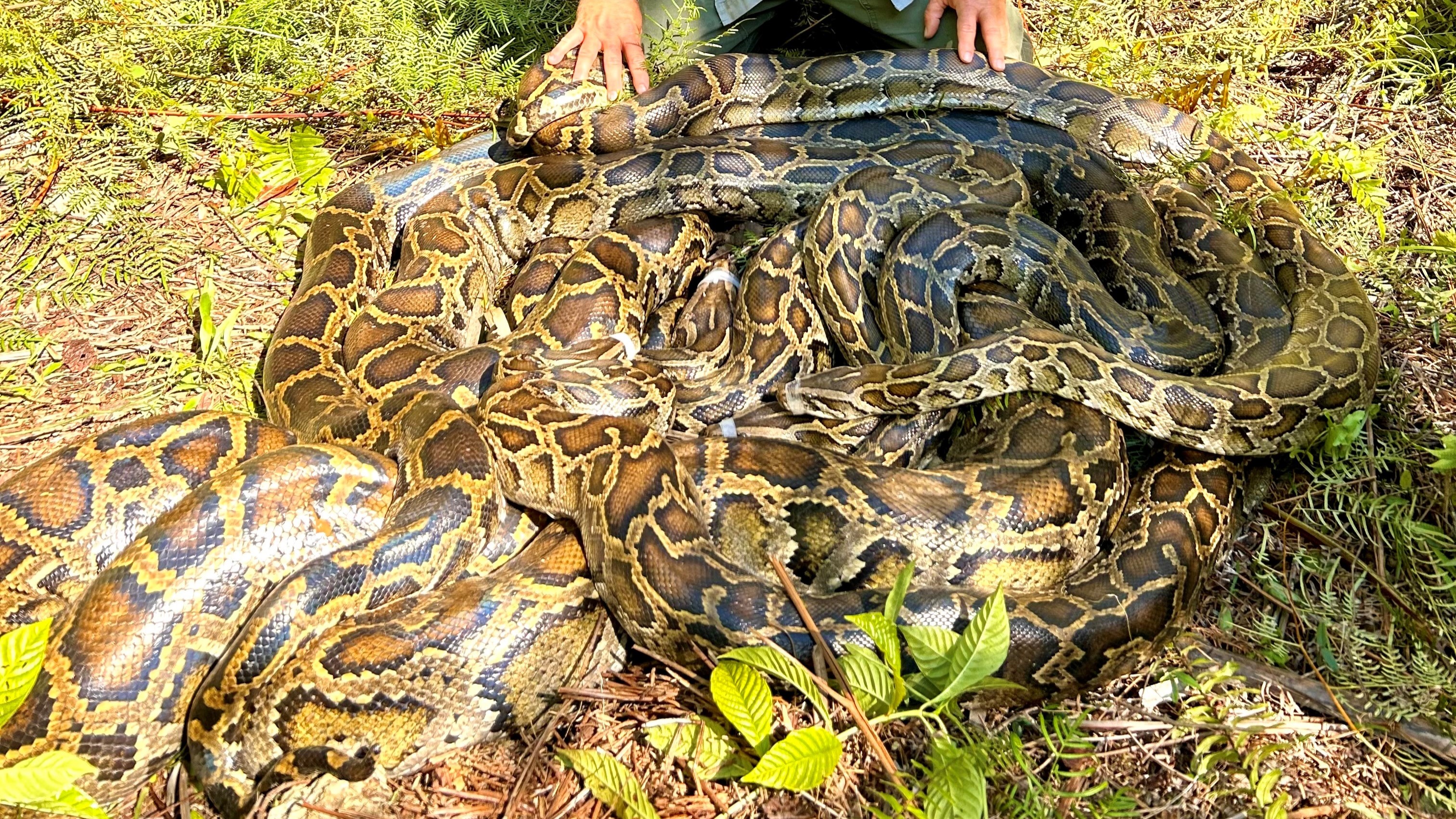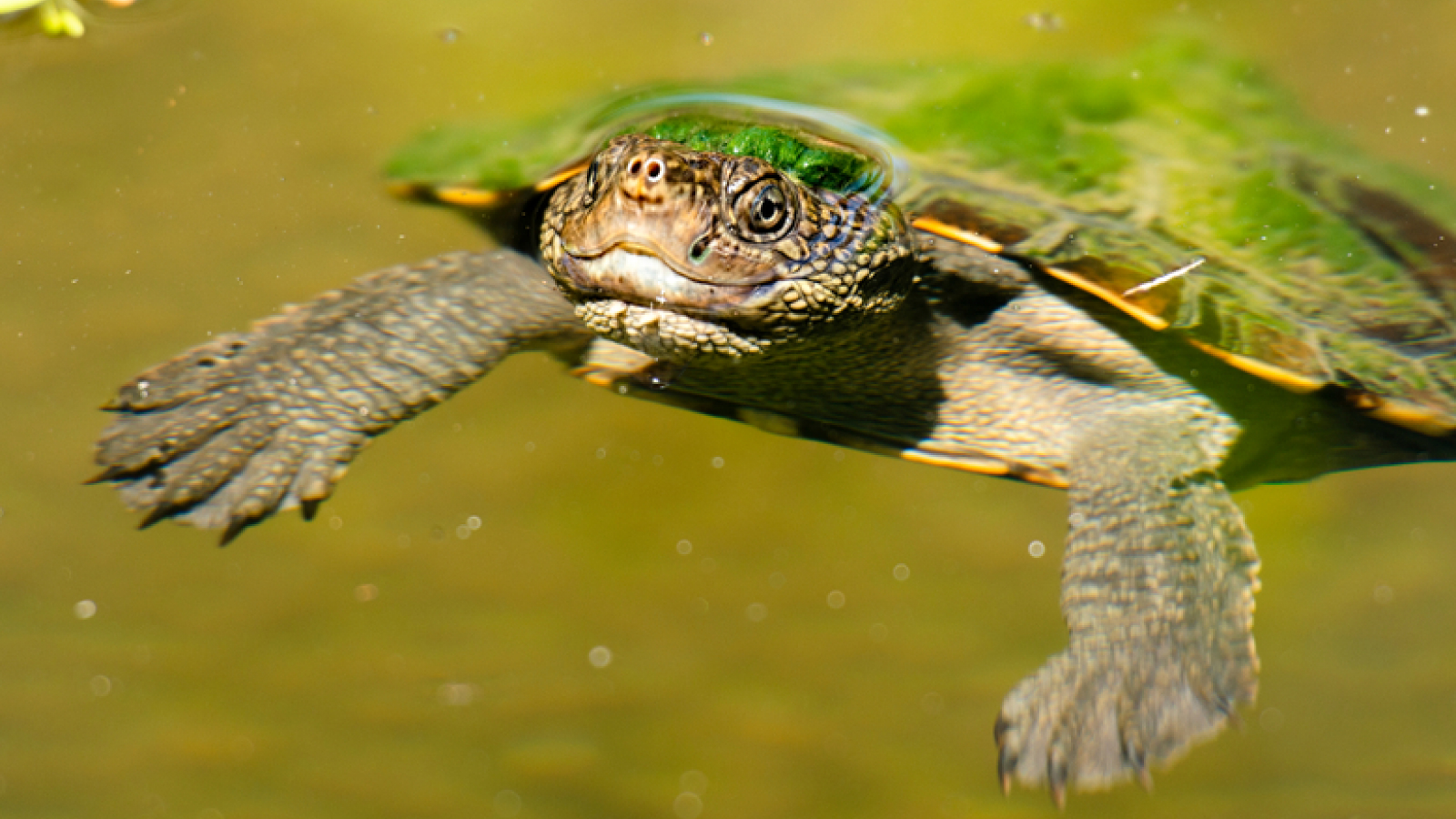Reptile news, features and articles
Explore Reptiles
Latest about Reptiles
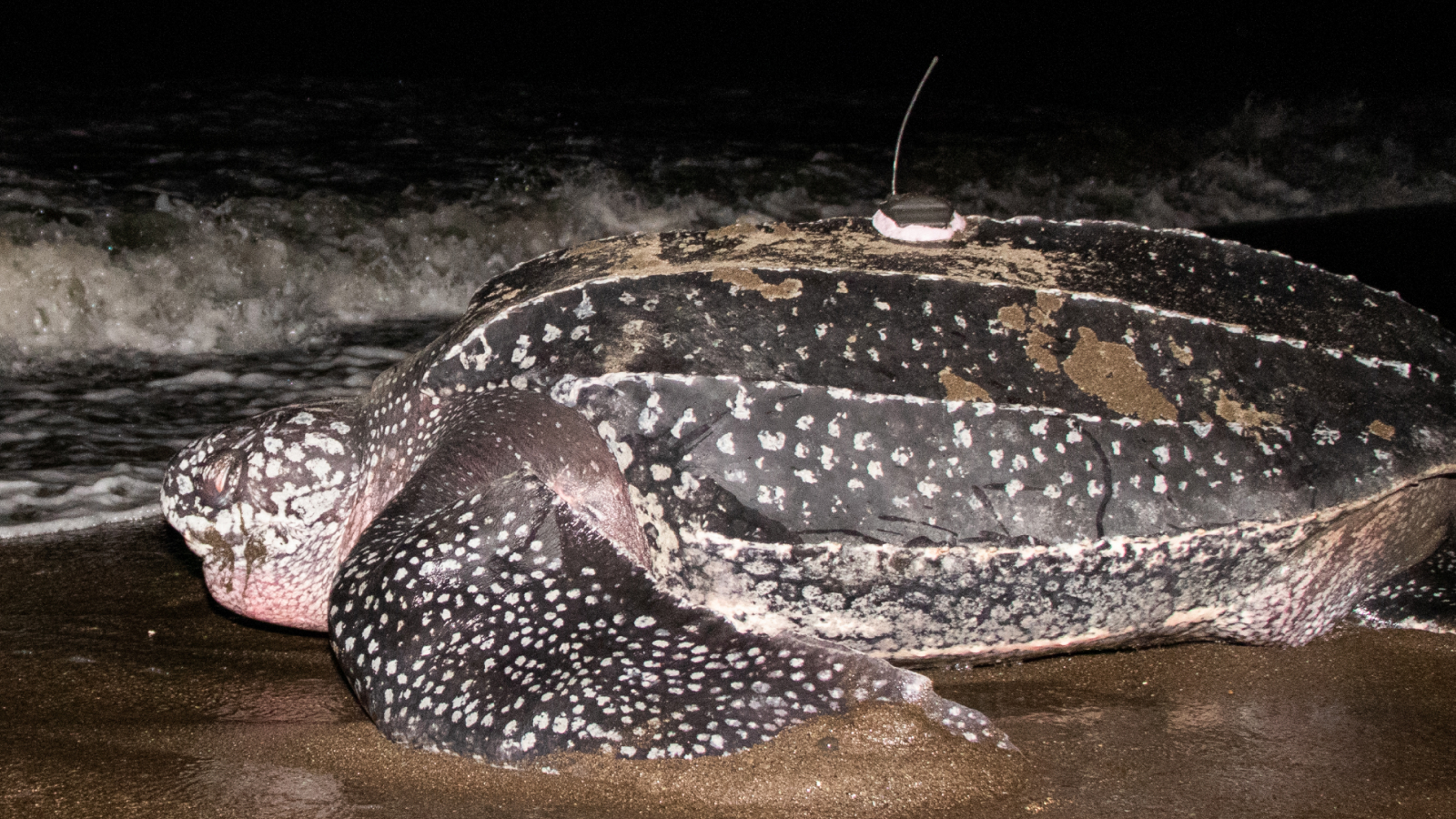
Leatherback turtle dives deeper than a Navy sub, smashing world record in the process
By Patrick Pester published
A Western Pacific leatherback migrating from her nesting grounds in the Solomon Islands dove to a whopping 4,409 feet, conservationists say.
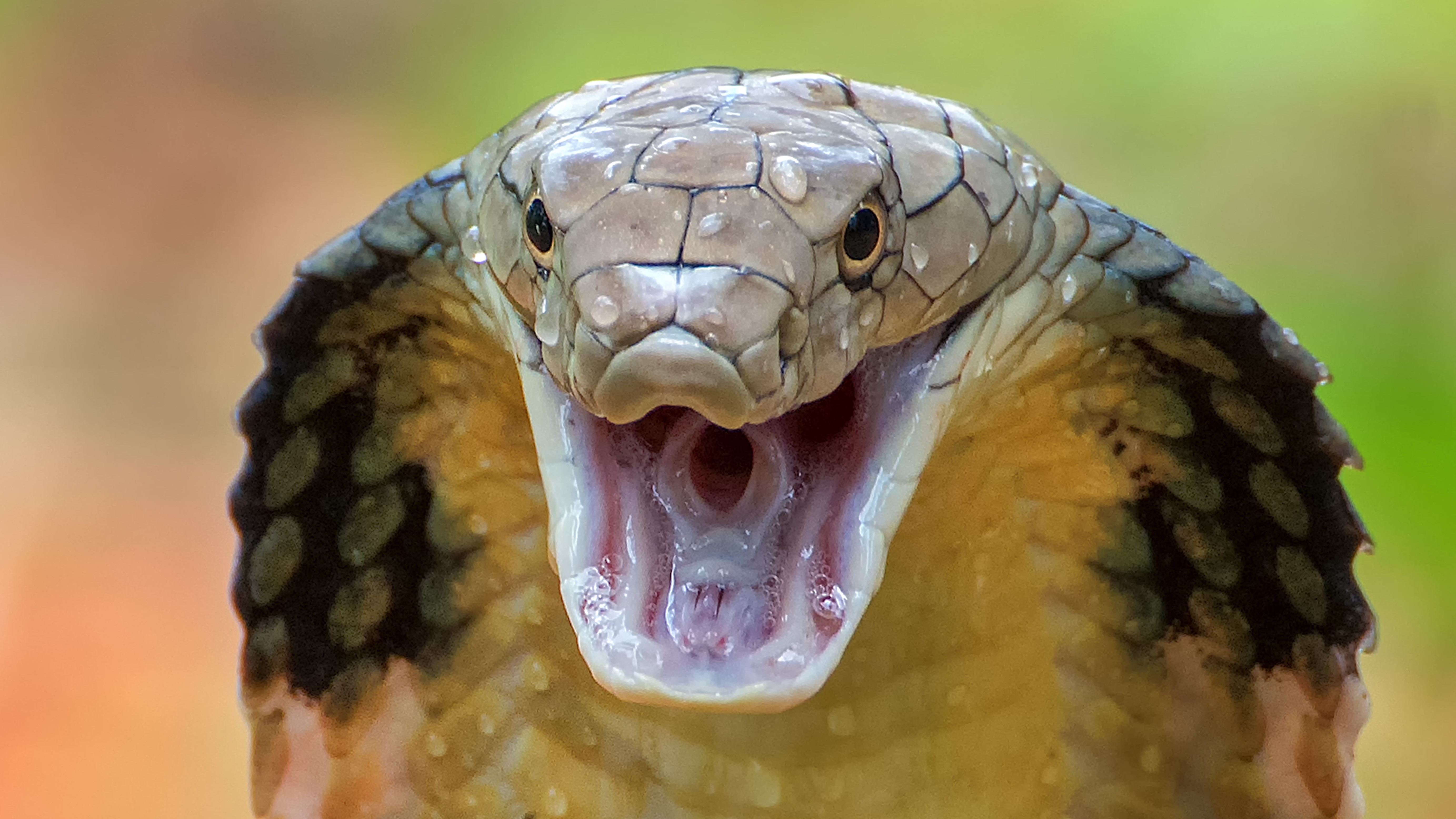
13 of the most venomous snakes on the planet
By Jeanna Bryner last updated
An encounter with one of these venomous snakes could cost you your life.
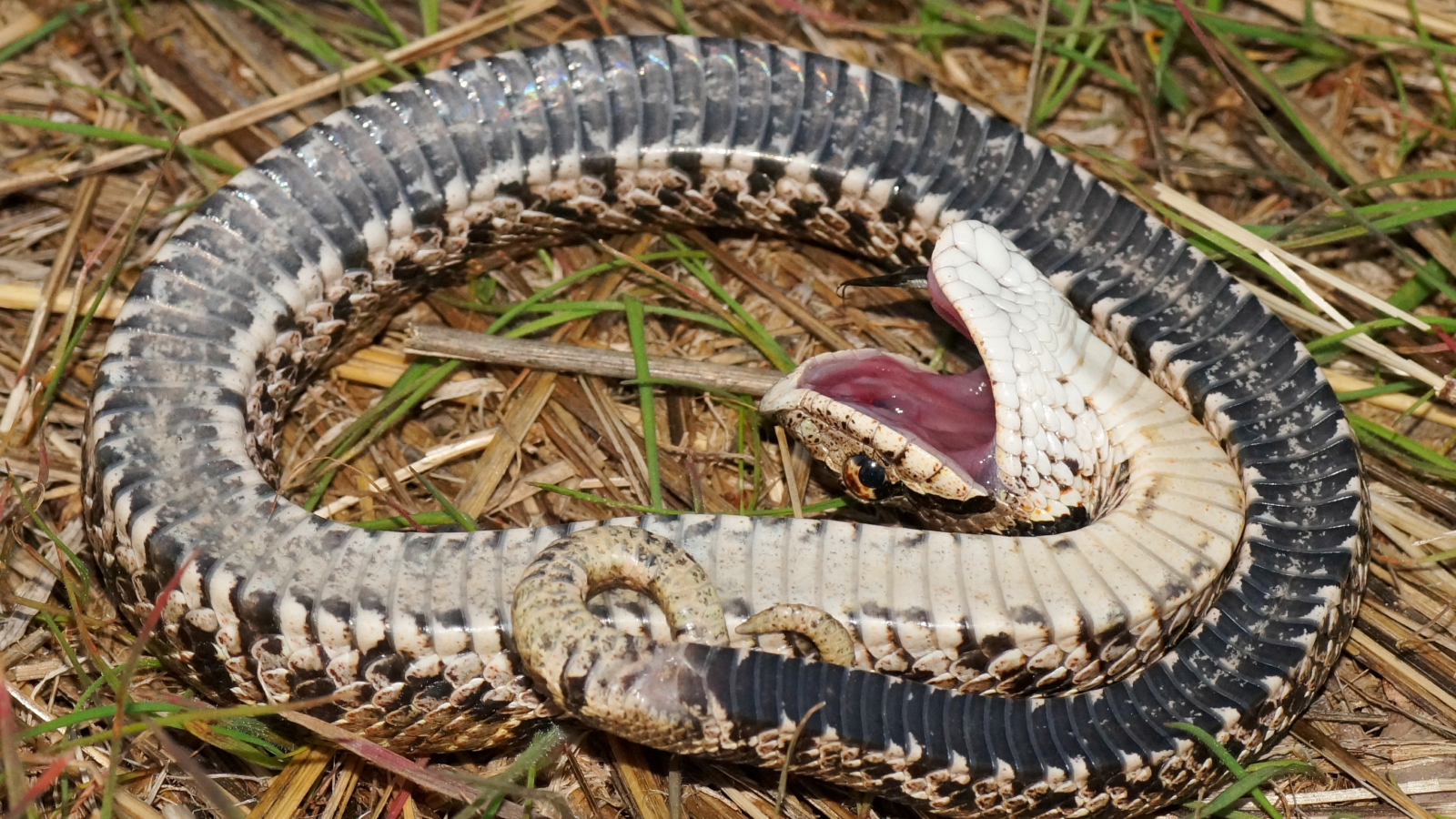
Dice snakes fake their own death, smearing themselves with blood and poop to make the performance extra convincing
By Richard Pallardy published
Dice snakes theatrically stage their own deaths, using blood and feces to convince predators they've shuffled off their mortal coils.
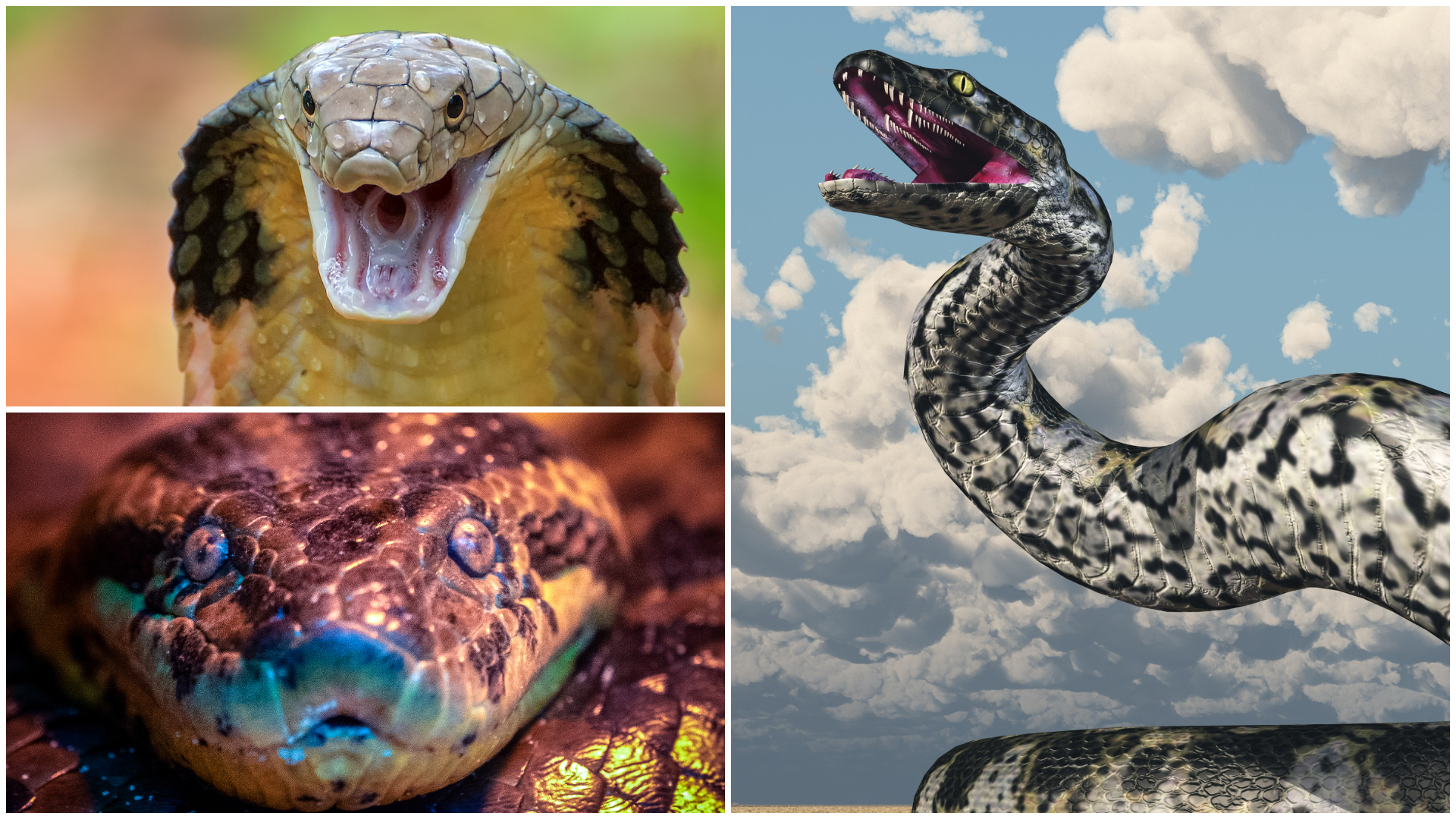
The biggest snake in the world (and 10 other giant serpents)
By Emma Bryce last updated
From Titanoboa and Vasuki — prehistoric snakes as long as a Tyrannosaurus rex — to modern-day pythons and boa constrictors that can swallow humans whole, these are the biggest, heaviest and longest snakes to have ever lived on Earth.
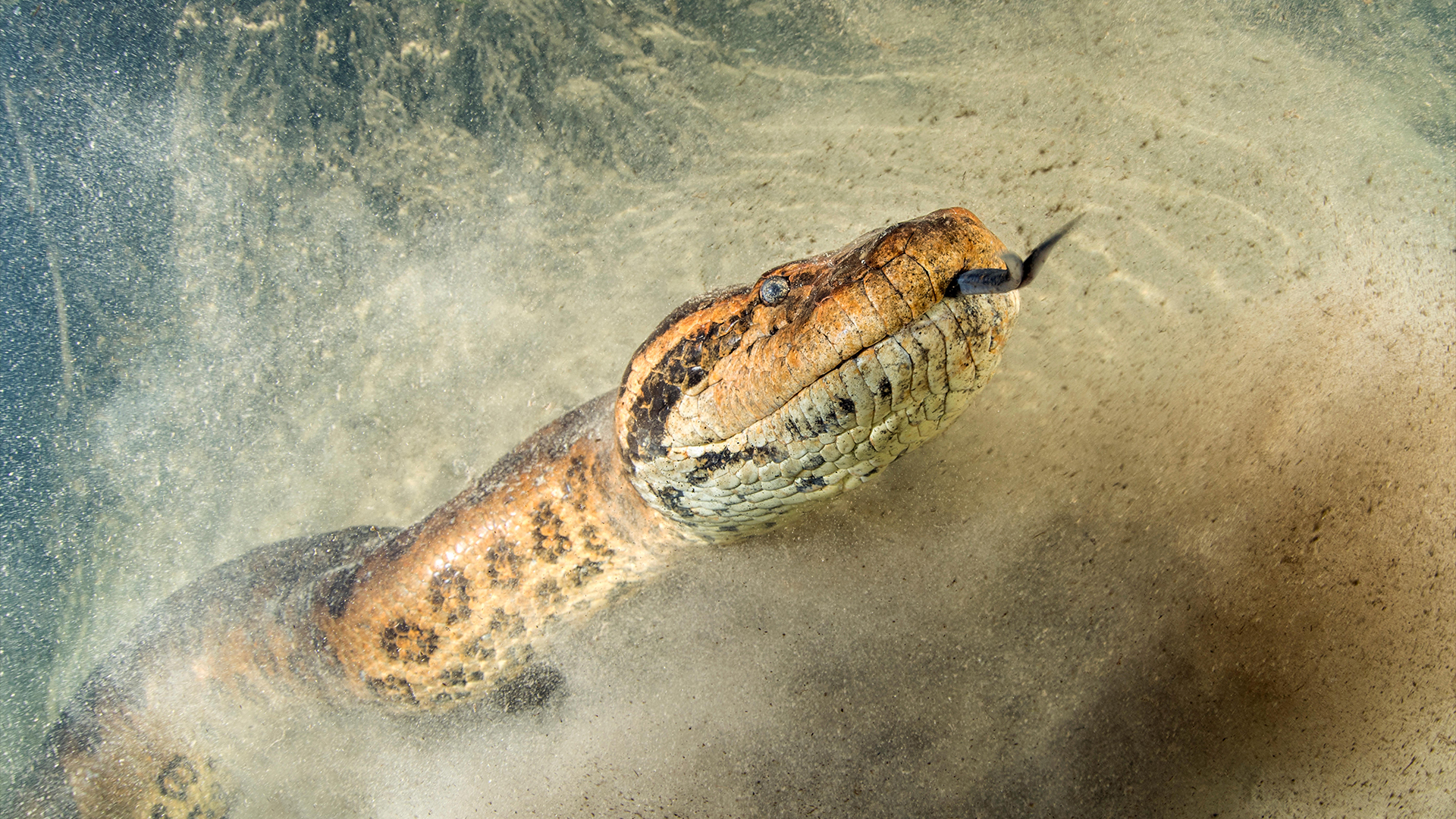
50-foot 'king of the serpents' may have been the biggest snake to ever live
By Jacklin Kwan published
Giant, 47 million-year-old snake fossils pulled from mine in India may be the largest snake ever, potentially surpassing Titanoboa by around 15 feet.

Watch venomous snakes wrestling for wormlike creature in epic tug-of-war battle
By Elise Poore published
First-of-its-kind footage captures two coral snakes fighting over a wormlike creature in western Colombia.
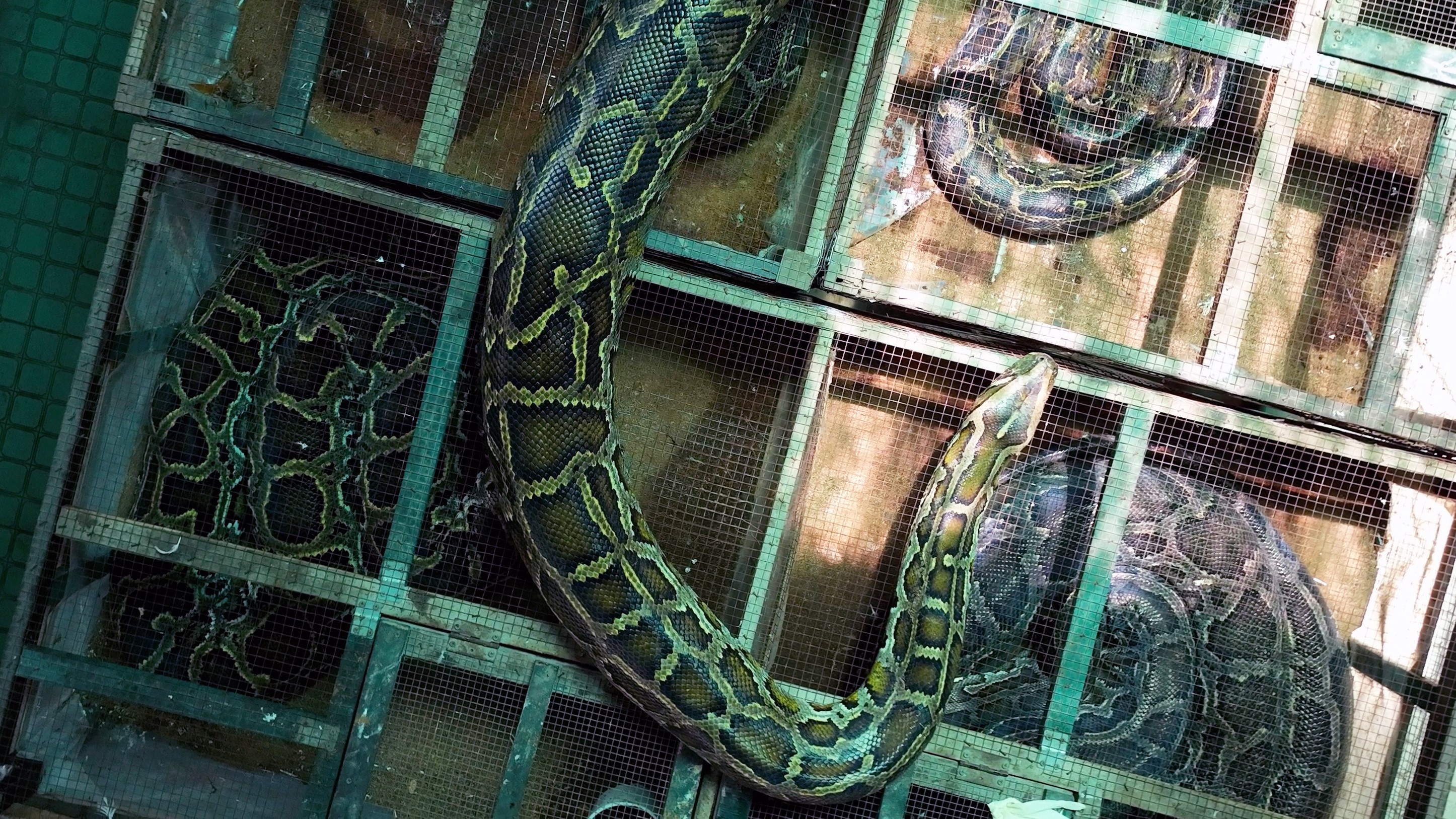
What does python taste like? Because it could be slithering onto our dinner plates.
By Sascha Pare published
A study conducted on two snake farms has found that breeding pythons for meat is more energy and resource-efficient than current livestock production, offering a viable protein alternative.
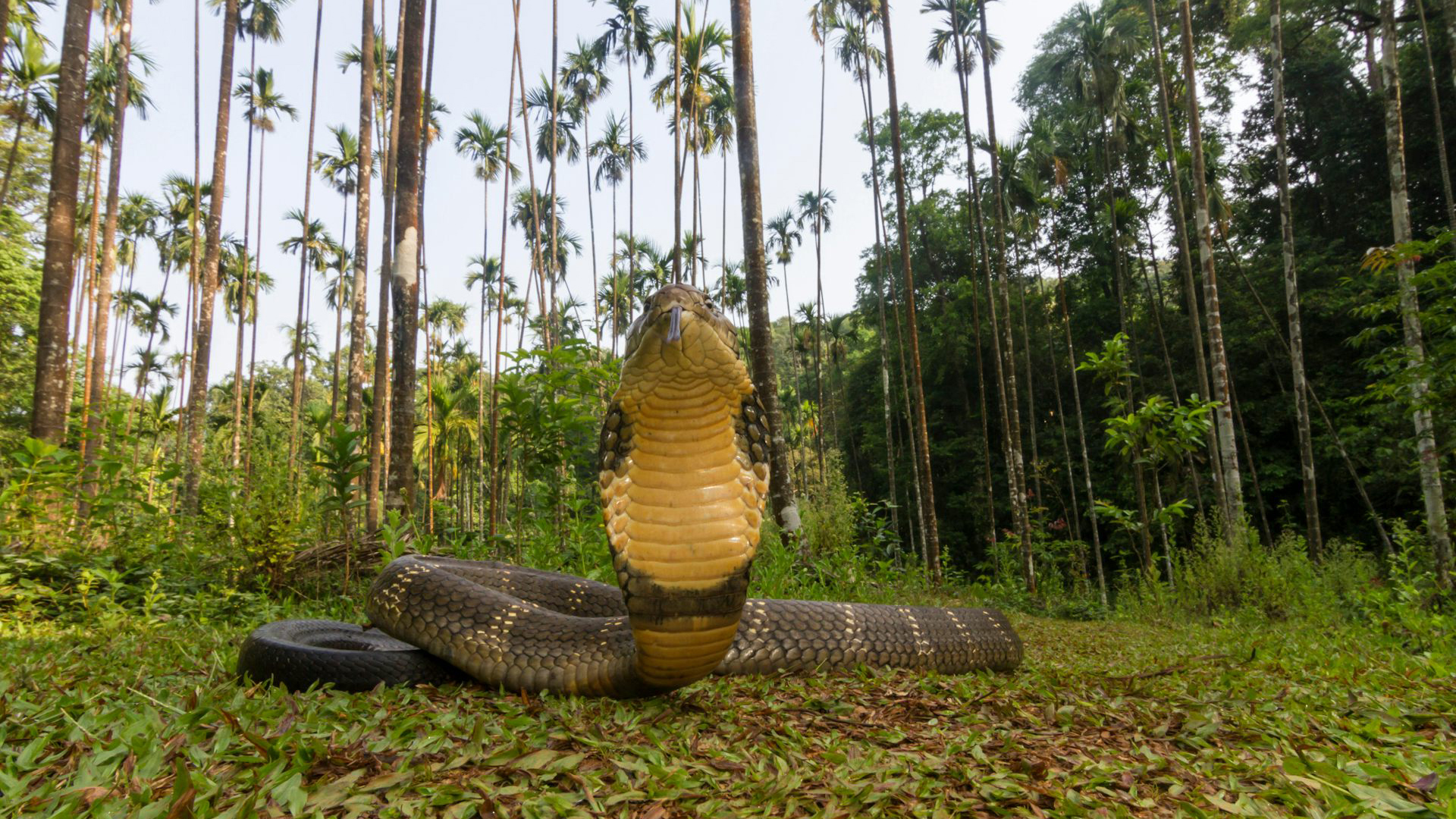
We're finally close to a universal antivenom that works against cobra, krait and black mamba snake bites, say researchers
By Camille Abada, Stuart Ainsworth published
A lab-made antibody can neutralize the neurotoxins in the venoms of cobras, kraits and black mambas, raising hopes for a universal antivenom treatment for snake bites.
Sign up for the Live Science daily newsletter now
Get the world’s most fascinating discoveries delivered straight to your inbox.
